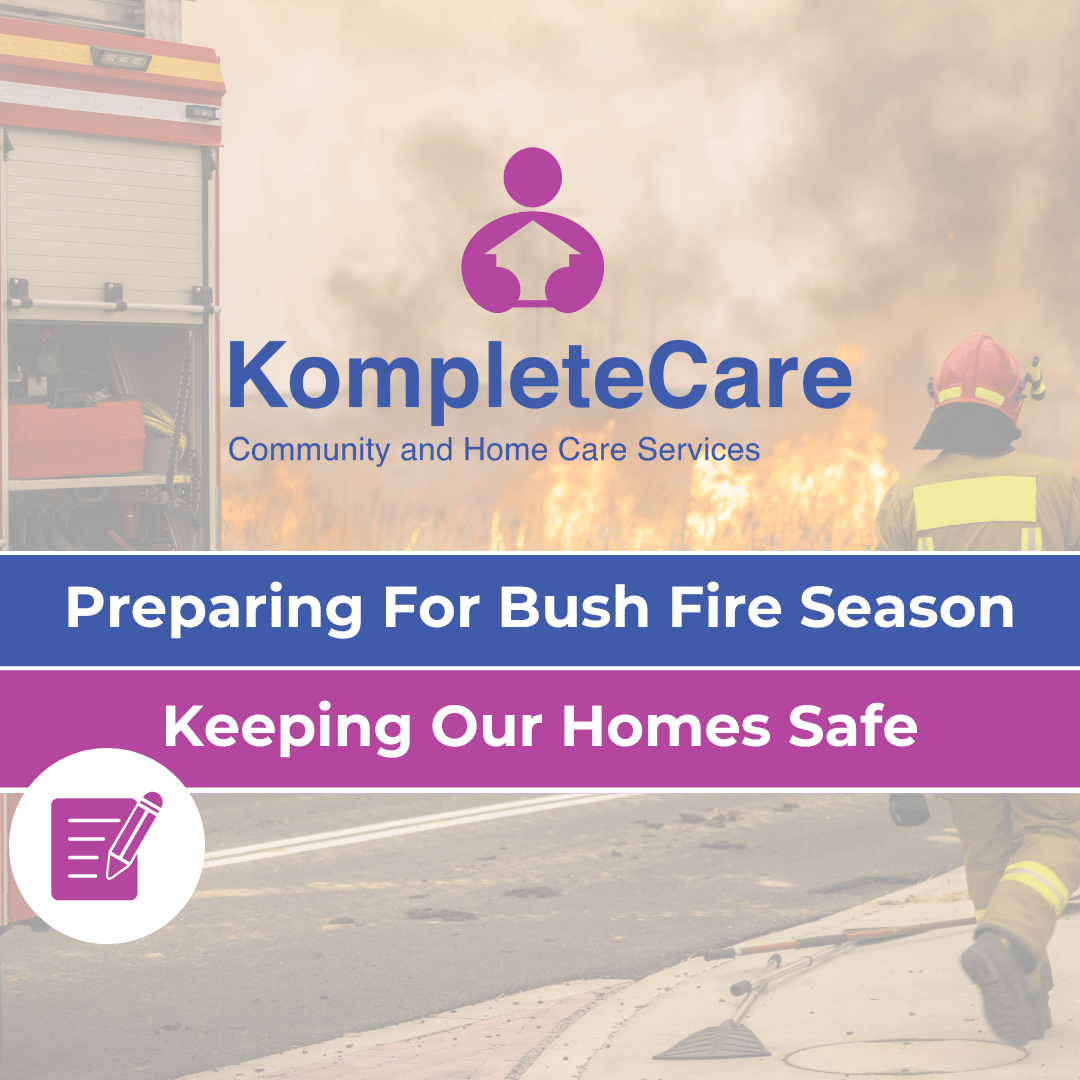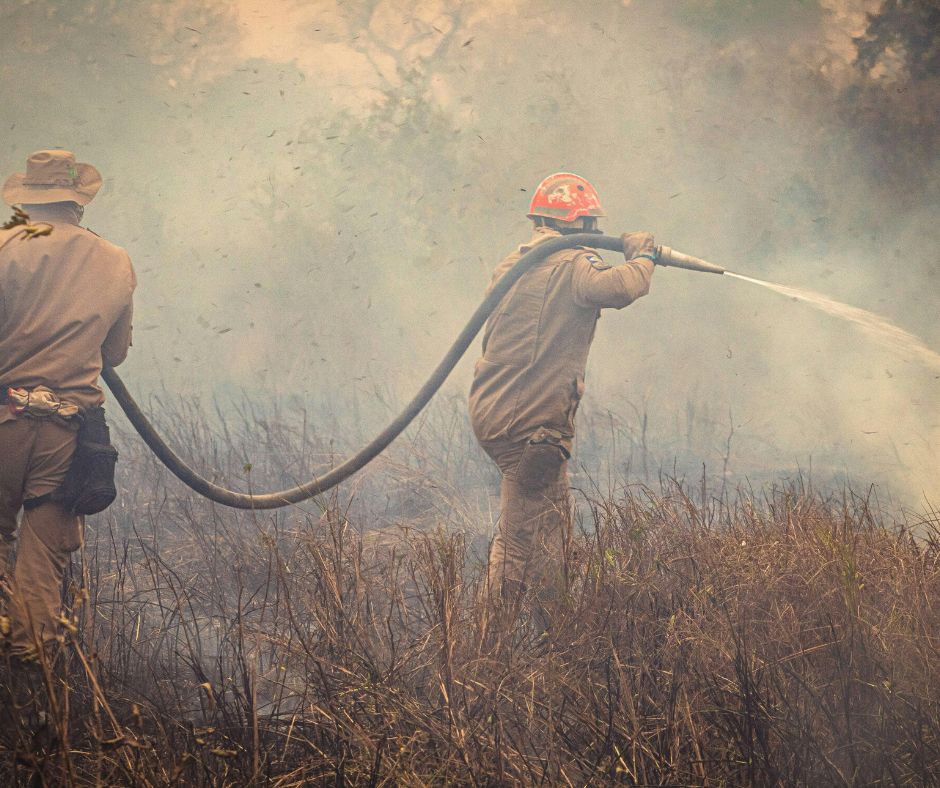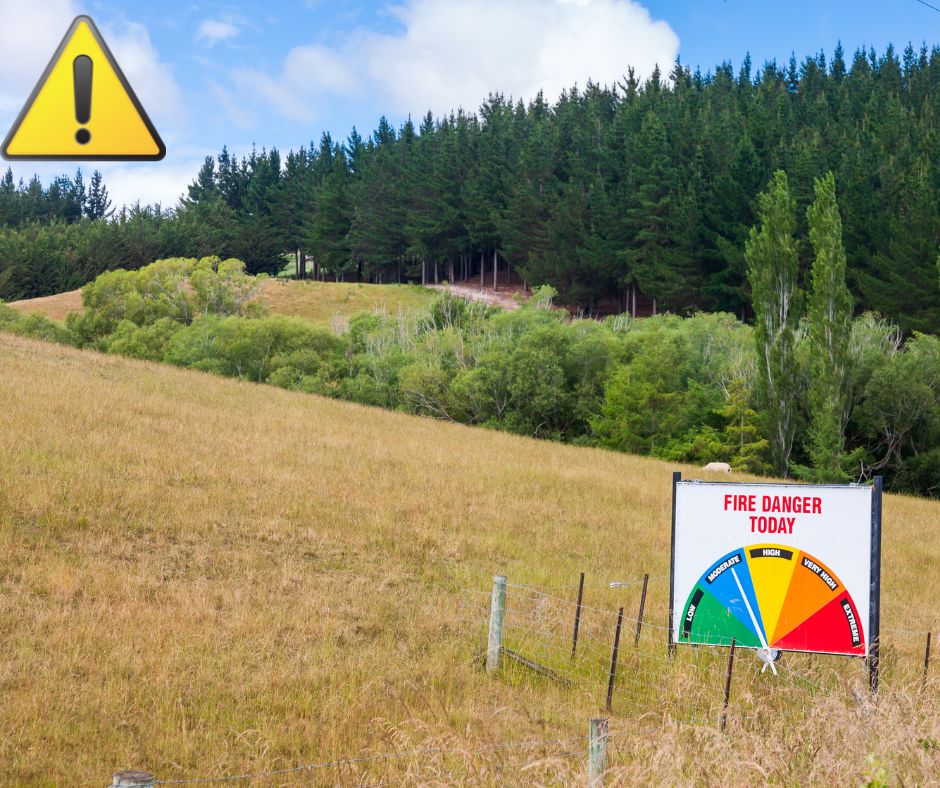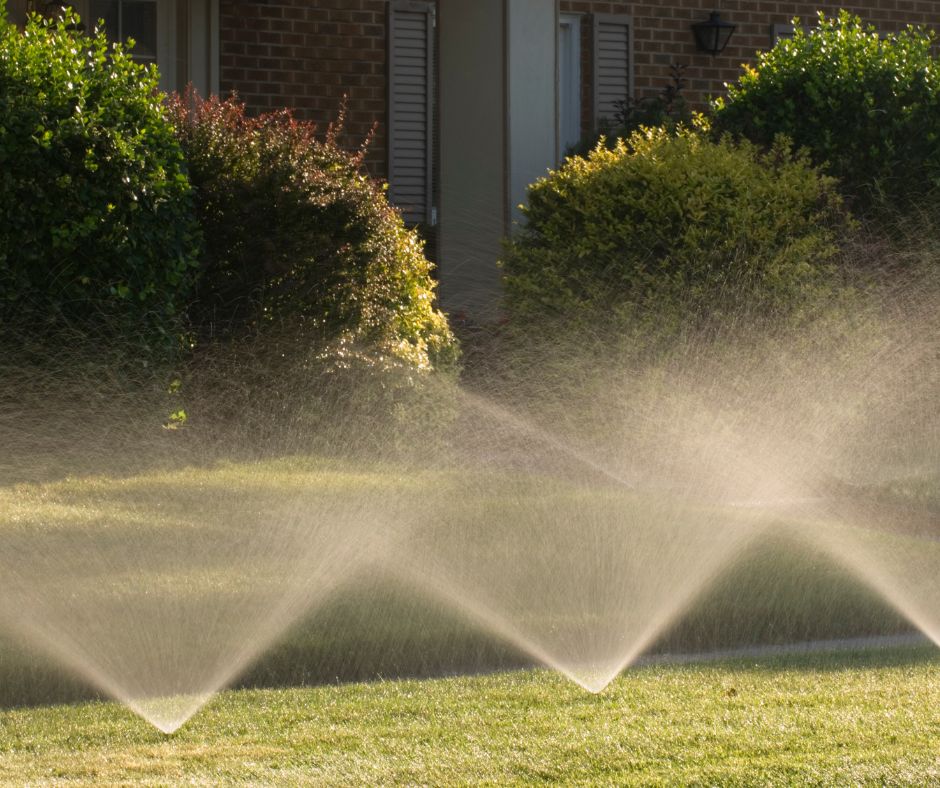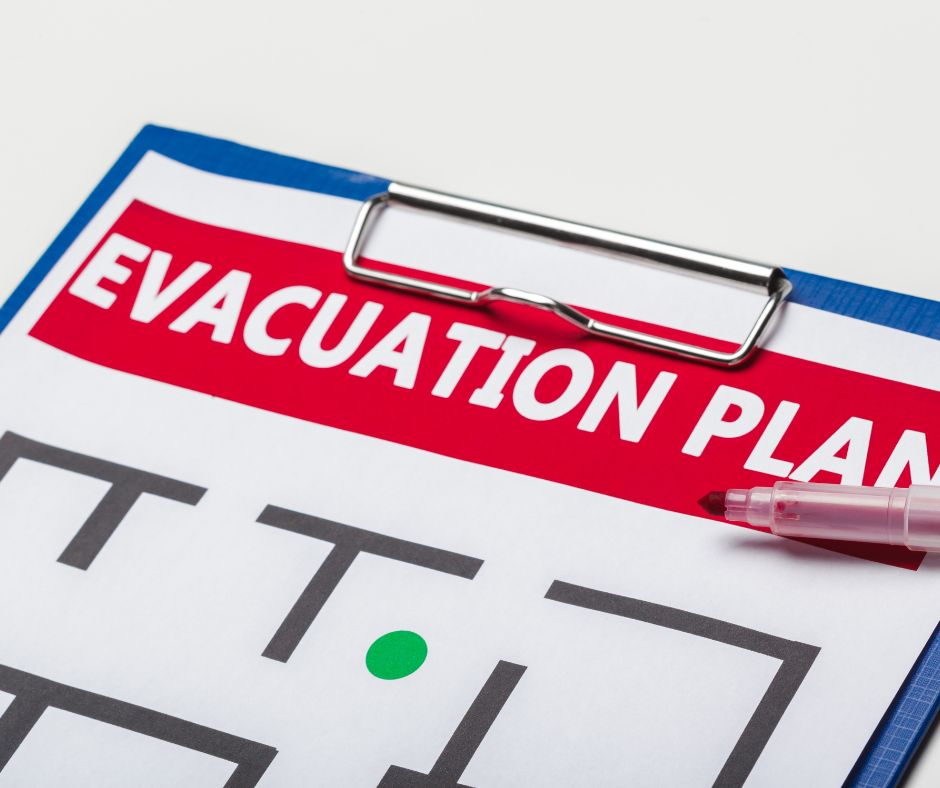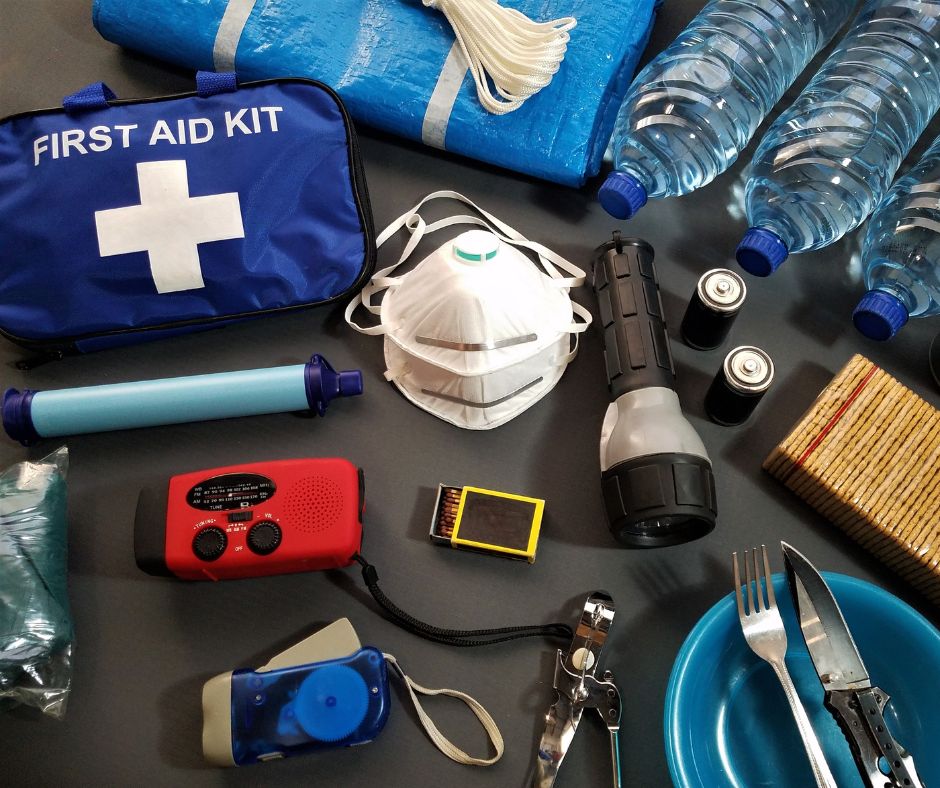As the Australian summer approaches, so too does the heightened risk of bushfires across many regions. Preparation is the key, not only for protecting your property but also for ensuring the safety and well-being of yourself, your loved ones, and your community.
For older Australians and people living with a disability, preparing for bushfire season can feel overwhelming, but with the right plan, support, and teamwork, everyone can stay safe this summer.
If you live, work or travel in bushfire risk areas, know how to prepare and plan for a bushfire so we can all be bushfire ready.
KompleteCare encourages everyone, including clients, families, and staff, to take proactive steps to stay safe. By planning ahead, maintaining your property, and knowing what to do in an emergency, you can protect yourself and those around you. Our team is here to help every step of the way, ensuring that no one faces bushfire season alone.
Preparing Your Property
Taking time to tidy and maintain your property can make a big difference in reducing fire risks. Here are some key steps to take before the heat arrives:
Clear leaves and debris – Regularly remove dry leaves, twigs, and grass from gutters, decks, around the home and surrounding property. Remove dead branches, leaves and undergrowth from around your home, especially under trees.
Trim trees and bushes – keep branches well away from roofs, walls, and power lines. Prune tree limbs that are lower than two meters above the ground or overhanging your home.
Mow lawns and remove excess vegetation – A well-maintained yard acts as a buffer zone between your home and any potential flames, by reducing the amount of vegetation around your property. Long grass that is within 20 metres of your home and within 5 metres of any sheds and garages must be removed.
Move flammable items away from the house – This includes wood piles, outdoor furniture, gas bottles, bark, heavy mulch, any other combustible materials close to your home or shed, and garden tools.
Check hoses and water supplies – Make sure your garden hose can reach all areas of your home, and that taps are in good working order.
Crevices where embers can collect are potential ignition points. Cracks under doors, on window ledges, windows, or along verandas are particularly vulnerable. Vents into the house structure are also common entry points for sparks. They should be covered with fine wire mesh to prevent embers from entering walls, roof cavities, or through windows.
Other things you can do include:
- Installing a sprinkler system to wet down your home and garden and reduce the effects of radiant heat, sparks, and embers. All fittings should be metal, as plastic melts.
- Ensure access to an independent water supply, such as a tank, dam, or swimming pool, with a capacity of at least 5000 litres. Do not rely on mains water being available during a fire. This can be achieved by installing a petrol- or diesel-driven water pump.
- Make sure hoses are long enough to reach around your home.
- Plant lower-flammability vegetation, including plants and trees with low oil content and high water and salt content.
- Develop a well-managed vegetable garden, as it can act as an excellent fuel break.
- Plant trees and shrubs with space in between them so they don’t form a continuous canopy.
Even small steps can help reduce the risk and slow the spread of fire. Always monitor Fire Danger Ratings and stay alert to authorities like CFS.
Fire Danger Ratings
The Fire Danger Rating is not a predictor of how likely a bushfire is to occur, but rather of how dangerous it could be if it did occur. You should not become complacent because there have been days with high Fire Danger Ratings and no bushfires. Fire Danger Ratings are published between 4:30 pm and 5:00 pm daily during fire season. These ratings are determined in conjunction with the Bureau of Meteorology. Don’t wait until there is a fire; activate your plan well before a fire starts on high fire danger days.
The Fire Danger Rating goes on the following scale:
- White (No rating) – No rating issued
- Green (Moderate) – It’s suggested to plan and prepare
- Yellow (High) – Be ready to act
- Orange (Extreme*) – Take action now to protect your life and property
- Red (Catastrophic*) – For your survival, leave bushfire risk areas
Developing a Bushfire Plan
Having a clear bushfire survival plan is essential. It outlines what you’ll do if a fire threatens your area, including when to leave, what to take, and where to go.
A good plan should include:
- Evacuation routes and safe meeting points in case you need to leave quickly.
- A list of essential items such as medications, identification, important documents, mobile phones, chargers, pets, and pet supplies.
- Communication details, including how you’ll stay in touch with family, carers, or neighbours.
- An understanding of local alerts and warnings, such as through the Alert SA or Emergency WA apps.
It is important to practise your plan before an emergency happens, so everyone knows what to do. Make sure your loved ones and providers are aware of the plan too, so they can assist you in executing it if ever needed.
The CFS recommends you plan to leave early on days forecast as catastrophic or with high fire danger. It’s important to discuss your plan with all household members and have them agree to it. Do not attempt to leave if you are not sure of a clear exit or if the fire is too close. – CFS
How Support Workers Can Help
Support workers play a vital role in helping clients prepare for bushfire season, especially those who may face mobility challenges or have limited access to resources.
At KompleteCare, our dedicated support workers can assist with bushfire preparation plans. From helping organise essential items and reviewing evacuation routes to checking safety equipment and providing reassurance, our team works closely with clients to make sure they feel safe, supported, and ready for any emergency.
Support workers can assist clients with their bushfire preparations by:
- Helping clients create, review and maintain their bushfire plan, including writing it down and ensuring it’s easily accessible.
- Organising transport or emergency contacts in the event of an evacuation.
- Checking safety equipment, including smoke alarms, fire blankets, hoses, and first-aid kits.
- Assisting with property preparation, like cleaning leaves, moving outdoor items, or arranging maintenance support.
- Providing reassurance and education, helping clients feel calm and informed.
- Maintaining effective communication within the organisation by communicating any changes, concerns, or potential risks on the client’s behalf.
These proactive steps can make a life-saving difference in the event of a bushfire.
Working Together to Stay Safe
Bushfire preparedness is a community effort. Whether it’s helping a neighbour clear their gutters, checking in on elderly residents, or assisting clients with their safety plans, every action contributes to a safer summer.
At KompleteCare, we believe that supporting each other, especially those most vulnerable, is what community is all about. By planning ahead and working together, we can all enjoy a safer and more confident start to the summer season.






